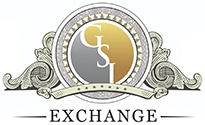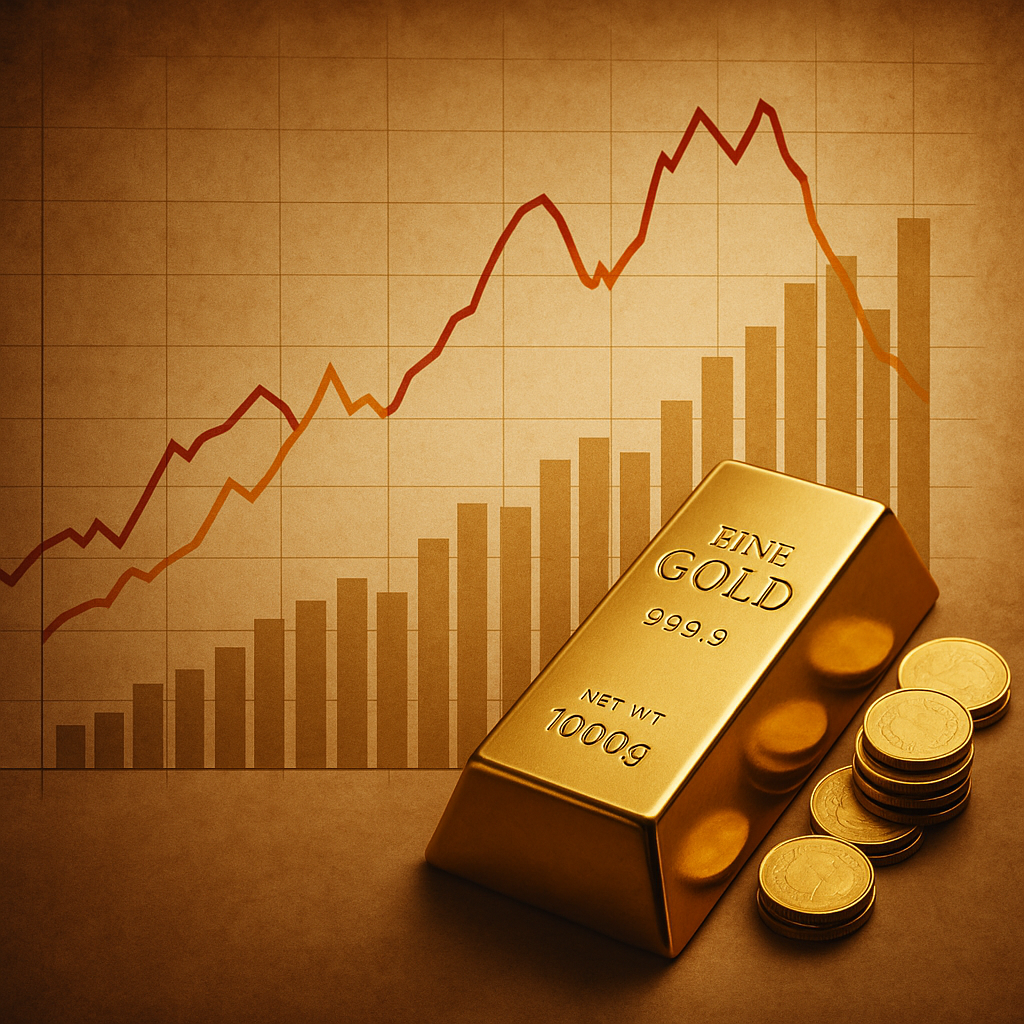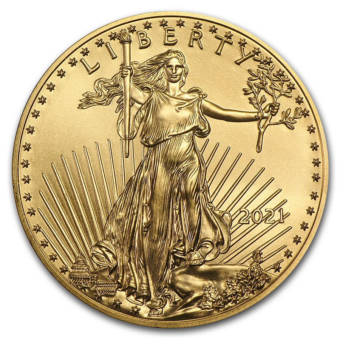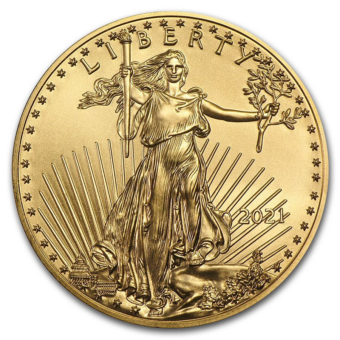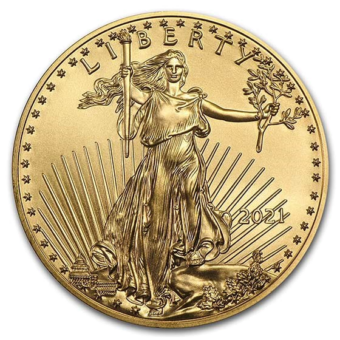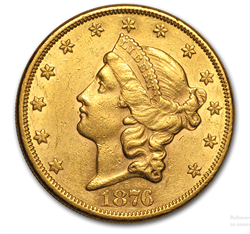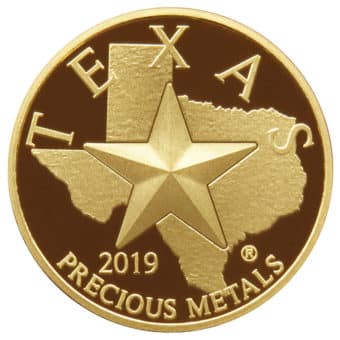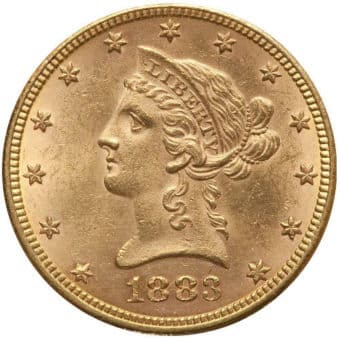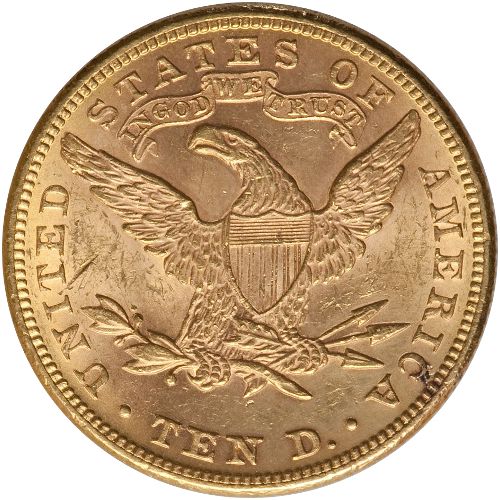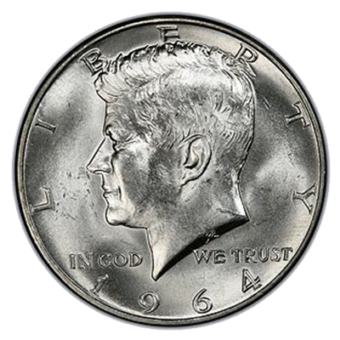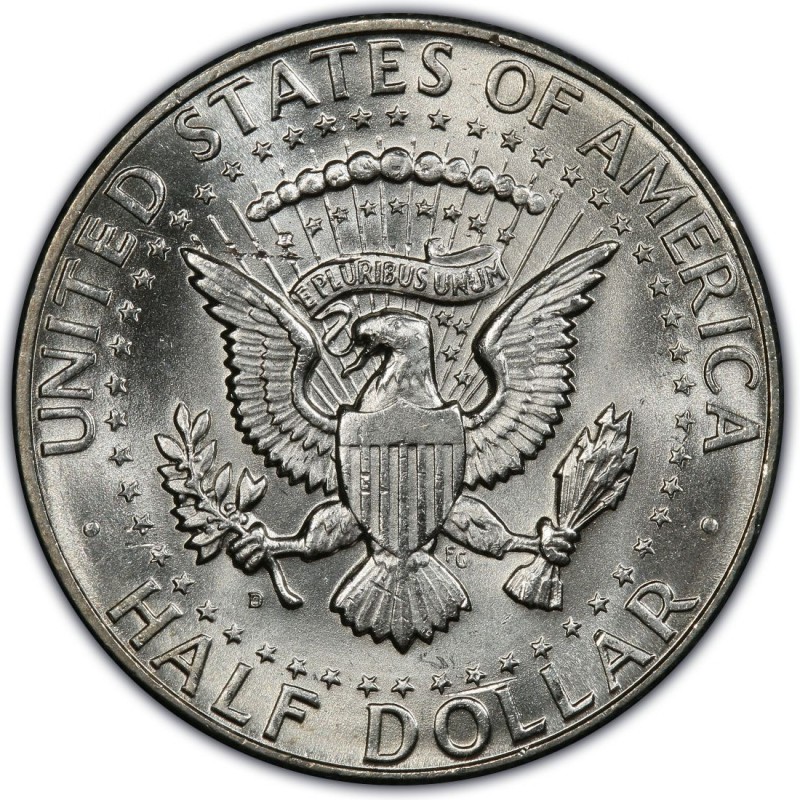Monday - 8.11.25: Gold and silver prices fell sharply in midday U.S. trading Monday on uncertainty over U.S. tariffs on gold imports, with December gold down $81.80 at $3,409.70 and September silver off $0.702 at $37.845. The drop followed Friday’s strong rally as traders awaited clearer guidance from the Trump administration, which had exempted gold from duties in April. Until long-term policy clarity emerges, precious metals markets may stay unsettled. Joseph Cavatoni, senior market strategist for North America at the World Gold Council, noted that market segments remain orderly as the industry awaits clarification.
Tuesday - 8.12.25: Gold prices eased slightly in midday U.S. trading but stayed well above overnight lows after July’s CPI showed a 2.7% year-over-year rise—just under expectations—with core CPI up 3.1% versus the forecasted 3.0%. The report was seen as tame but not fully dovish, prompting some light profit-taking by short-term traders; silver prices rose moderately. While markets still expect a quarter-point Fed rate cut on Sept. 17—and some see room for a half-point cut—the CPI numbers weren’t enough to firmly sway policy toward the doves. Strong rallies in U.S. stock indexes pressured safe-haven metals, and gold also faced headwinds after President Trump said Monday that bullion imports would not be subject to U.S. tariffs, a reversal that rattled the market in recent sessions. December gold last traded down $5.90 at $3,399.20, while September silver was up $0.223 at $38.01.
Wednesday - 8.13.25: Gold rose $13.80 to $3,412.30 and silver gained $0.553 to $38.55 Wednesday, supported by a weaker U.S. dollar at a three-week low and lower Treasury yields. Buying was also fueled by expectations of Fed rate cuts starting in September, with Nomura and markets projecting a 25 bps cut then, followed by more in December and March. July core CPI rose 3.1% year-over-year, slightly above forecasts but not viewed as troubling.
Thursday - 8.14.25: Gold and silver fell Thursday after July’s Producer Price Index surged 0.9%—the biggest gain since June 2022—far above the expected 0.2%. December gold dropped $20.70 to $3,388.00 and September silver slid $0.552 to $38.04. Year-over-year, headline PPI rose to 3.3% and core PPI to 3.7%, bolstering hawkish Fed views, slightly reducing odds of a 25 bps September rate cut, and removing chances of a 50 bps cut.
Friday - 8.15.25: Gold edged higher in early U.S. trading Thursday, supported by a weaker dollar, while silver slipped modestly. December gold rose $4.90 to $3,388.20, and September silver fell $0.189 to $37.88 as traders awaited July’s U.S. retail sales report, expected up 0.5%. A hotter-than-expected July core PPI reading of 3.7% year over year slightly tempered—but didn’t derail—expectations for a September Fed rate cut, likely removing the possibility of a larger 50-basis-point move.
Gold Price Takes a Hit as U.S. PPI Surges
Hot wholesale inflation data rattles markets, clouds Fed rate cut outlook.
The Big Picture
July’s U.S. Producer Price Index (PPI) came in far hotter than expected, signaling stubborn inflation pressures that could slow the Federal Reserve’s path to rate cuts. While higher inflation typically hurts gold by raising the opportunity cost of holding it, the prospect of stagflation or eventual Fed easing could keep a bullish case alive.
What’s Happening
The Labor Department reported a 0.9% jump in headline PPI for July, well above the 0.2% forecast, marking the largest 12-month rise (3.3%) since February 2025. Core PPI also surged 0.9% on the month and 2.8% year-over-year. Most of the gain came from final demand services, which rose 1.1%. Gold fell on the news, with spot prices last at $3,350.40, down 0.14%, as traders priced in a potentially longer period of higher rates—though recession fears could flip the script.
By the Numbers
- Headline PPI (MoM): +0.9% (vs. +0.2% expected)
- Headline PPI (YoY): +3.3% (largest since Feb 2025)
- Core PPI (MoM): +0.9%
- Core PPI (YoY): +2.8%
- Final demand services: +1.1% (over 75% of total gain)
- Spot gold: $3,350.40/oz, −0.14% on the day
- Analyst price range if recession risk rises: $3,450–$3,500
Why It Matters
A hotter PPI suggests inflation is becoming embedded in the wholesale economy, complicating the Fed’s rate-cut calculus. While sustained high rates could pressure gold in the short run, persistent inflation paired with slowing growth could tip the economy toward stagflation—a scenario historically favorable for gold. Analysts note that if markets pivot from rate-hike fears to recession expectations, gold could quickly rebound.
The Bottom Line
July’s PPI surprise keeps inflation in the spotlight and rate cuts in question. For gold investors, the near-term headwind is higher rates, but the long-term opportunity lies in the possibility that stubborn inflation forces the Fed to ease into a weakening economy—a setup where gold historically shines.
Moderate July CPI Masks Rising Concerns Over Data Reliability
July CPI offers relief on inflation fears—yet questions over statistical integrity take center stage.
The Big Picture
U.S. consumer prices in July rose in line with forecasts, easing fears of runaway inflation and keeping markets confident in a September Fed rate cut. But beneath the numbers, a deeper story is emerging: budget cuts, staff layoffs, and suspended data collection at the Bureau of Labor Statistics are raising doubts about the quality and reliability of the nation’s inflation data. With tariffs still working their way through the economy, economists warn the current inflation reprieve could be short-lived.
What’s Happening
Headline CPI rose 0.2% in July, held down by a 2.2% drop in gasoline prices and flat food costs, while core CPI (ex-food and energy) jumped 0.3%—its largest monthly gain since January—driven by higher service costs like airline fares, healthcare, and household goods. Year-over-year, CPI rose 2.7%, and core CPI climbed to 3.1%. While markets rallied on the report, concerns mounted after the firing of BLS chief Erika McEntarfer, Trump’s nomination of BLS critic E.J. Antoni, and revelations that CPI sampling has been cut or suspended in multiple areas, forcing the agency to use more imputed data.
By the Numbers
- Headline CPI (MoM): +0.2% (vs. +0.2% expected)
- Headline CPI (YoY): +2.7% (unchanged from June)
- Core CPI (MoM): +0.3% (largest since Jan)
- Core CPI (YoY): +3.1% (vs. +2.9% in June)
- Gasoline prices: −2.2%
- Airline fares: +4.0%
- Household furnishings/supplies: +0.7%
- Footwear prices: +1.4%
- Motor vehicle parts: +0.9% (tires +1.0%)
- Data imputation share: 35% in June (up from 8% in June 2024)
Why It Matters
While July’s CPI data supports a near-term rate cut, the underlying picture is less reassuring. Tariff-driven price increases are still in the pipeline, and the growing reliance on imputed data due to budget and staffing cuts at the BLS could undermine trust in key economic indicators. A shift from high-quality “home cell” sampling to broader geographic estimates may not introduce bias, but it increases volatility—just as policymakers and investors need clarity most.
The Bottom Line
The inflation picture looks calm—for now—but the numbers themselves are facing unprecedented scrutiny. If tariffs push prices higher and data quality erodes further, markets could be caught off guard. For investors and policymakers alike, the bigger risk may be flying blind into the next phase of the economic cycle.
Trust in Economic Data Faces New Test With Trump’s BLS Pick
Concerns grow as political loyalties and leadership shake-ups hit core economic institutions.
The Big Picture
America’s most important economic data sources — once seen as politically insulated — are now under a brighter political spotlight. Trump’s nomination of Heritage Foundation economist E.J. Antoni to lead the Bureau of Labor Statistics (BLS) has intensified fears among economists and market watchers that future jobs and inflation data could be influenced by partisan priorities. While there’s no evidence the BLS is currently manipulating figures, the appointment raises questions about qualifications, potential policy changes, and the perception of impartiality in economic reporting.
What’s Happening
Antoni, a frequent BLS critic with a Ph.D. from Northern Illinois University, is chief economist at Heritage’s Hermann Center for the Federal Budget and was reportedly pushed for the role by former Trump adviser Steve Bannon. He would replace Erika McEntarfer, who was fired earlier this month. Antoni has suggested suspending monthly jobs reports in favor of quarterly data, citing accuracy concerns. Critics, including AEI’s Stan Veuger, say Antoni’s work contains repeated partisan biases and lacks relevant management or research experience. His nomination comes just days after Trump tapped Stephen Miran — another critic of his future institution — for the Federal Reserve Board, signaling a broader effort to reshape economic agencies.
By the Numbers
- BLS Commissioner nominee: E.J. Antoni (Heritage Foundation)
- Ph.D. earned: 2020, Northern Illinois University
- Former BLS head fired: Erika McEntarfer (Aug 2025)
- Proposed change: Suspend monthly jobs reports; publish quarterly data instead
- Criticism: Alleged elementary errors and partisan bias in research
- Past claim: U.S. in recession since 2022 (disputed by NBER)
- Related appointment: Stephen Miran to Federal Reserve Board term expiring Jan.
Why It Matters
The independence and credibility of economic institutions like the BLS and Fed underpin market confidence, policy decisions, and public trust. Politically motivated leadership could erode that trust, disrupt data reliability, and leave markets flying blind at critical junctures. Any suspension of key monthly reports could reduce transparency, increase uncertainty for businesses and investors, and widen the gap between economic reality and policy response.
The Bottom Line
Trump’s back-to-back nominations of agency critics to top economic posts highlight a shift toward politically aligned leadership at the heart of U.S. economic data and policy-making. Whether this leads to reform, disruption, or erosion of trust will depend on how these leaders handle their mandates — and how markets react to the new rules of the game.
NEXT WEEK’S KEY EVENTS
Economic Calendar: August 18 – August 22, 2025
Monday, August 18
None scheduled
Tuesday, August 19
- 8:30 AM ET – Housing Starts & Permits (July)
Measures new residential construction and permits for future builds—an important indicator for the housing market’s strength and its impact on the economy.
Wednesday, August 20
- 2:00 PM ET – Minutes of Federal Reserve’s May FOMC Meeting
Detailed record of the Fed’s last policy meeting; offers clues on interest rate outlook, inflation concerns, and economic projections.
Thursday, August 21
- 8:30 AM ET – Initial Jobless Claims (Week Ending Aug. 16)
A weekly measure of unemployment trends; closely watched for signs of labor market health or weakness. - 8:30 AM ET – Philadelphia Fed Manufacturing Survey (August)
Measures manufacturing conditions in the Philadelphia region; an early signal for the broader manufacturing sector. - 9:45 AM ET – S&P Flash U.S. Services PMI (August)
Gauges activity in the services sector; a leading indicator of overall economic momentum. - 9:45 AM ET – S&P Flash U.S. Manufacturing PMI (August)
Tracks manufacturing output and new orders; helps forecast industrial strength. - 10:00 AM ET – Existing Home Sales (July)
Measures sales of previously owned homes; a key housing market gauge. - 10:00 AM ET – U.S. Leading Economic Indicators (July)
Composite index of forward-looking economic data; signals potential turning points in the economy.
Friday, August 22
None scheduled
IMPACT ON PRECIOUS METALS MARKETS
Housing Starts & Permits (Tuesday, Aug. 19)
- Strong data could signal economic resilience, weighing on safe-haven demand for gold and silver.
- Weak data may stoke slowdown fears, supporting metals.
FOMC Minutes (Wednesday, Aug. 20)
- Hawkish tone (hinting at tighter policy) could hurt gold and silver by strengthening the U.S. dollar.
- Dovish tone (leaning toward rate cuts or policy easing) may lift metals on lower-yield expectations.
Initial Jobless Claims (Thursday, Aug. 21)
- Rising claims could boost metals on safe-haven buying.
- Falling claims may pressure metals by reinforcing labor market strength.
Philadelphia Fed Manufacturing Survey (Thursday, Aug. 21)
- Strong readings may reduce safe-haven flows.
- Weak readings may bolster metals on slowdown concerns.
S&P Flash Services & Manufacturing PMI (Thursday, Aug. 21)
- Higher-than-expected PMIs indicate expansion, which can weigh on metals.
- Lower PMIs point to contraction, potentially boosting gold and silver.
Existing Home Sales (Thursday, Aug. 21)
- Strong sales may reinforce growth outlook, bearish for metals.
- Weak sales can fuel recession fears, bullish for metals.
U.S. Leading Economic Indicators (Thursday, Aug. 21)
- Rising LEI suggests economic strength, often bearish for metals.
- Declining LEI signals potential slowdown, often bullish for metals.
